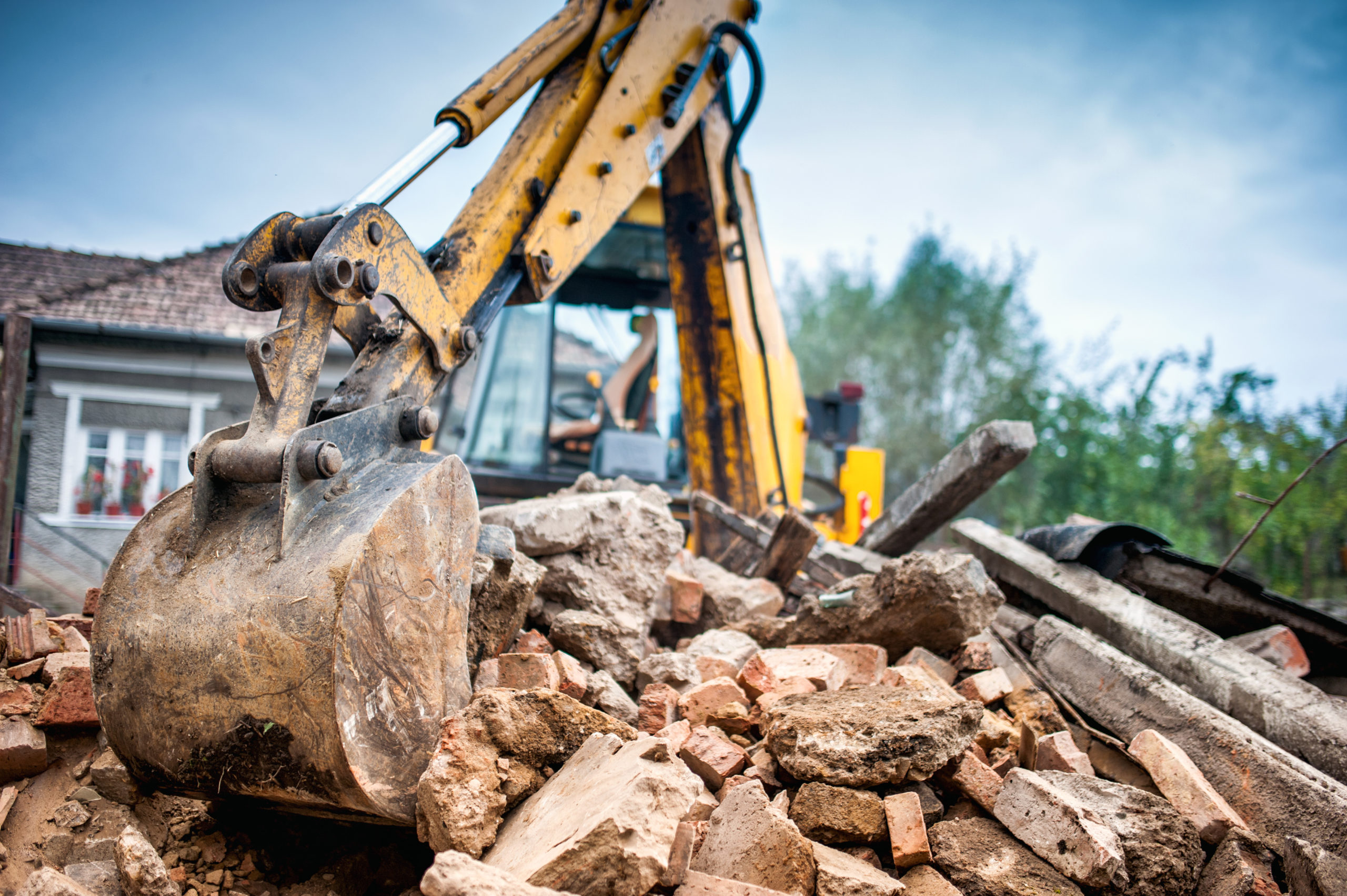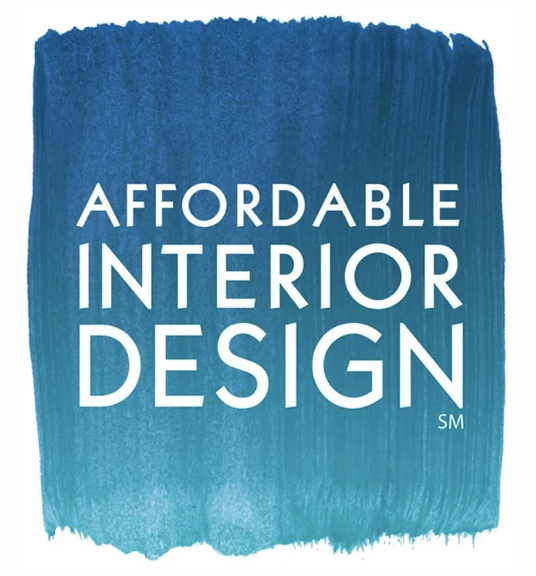
April 2020
3 Min Read
High-End Home Builds: Owner’s Rep or Technology Consultant?
There is a growing chasm between homeowners and the construction process, whether it’s a renovation or ground-up build. The void is technology. Overcomplicated or oversimplified, it doesn’t take long to see why it can cause issues for the builders and designers, as well as the owners. Past experiences with home technology can sometimes bring up frustration and anger with homeowners. Digital systems have catapulted most major trades into a new discipline of programming computers. The thing driving the issue deeper and wider is understanding.
I just want my TV to turn on.
Back to basics. At the beginning of any high-end home build in the last 10 years, the first time the words ‘home automation’ gets said aloud there, you may want to duck and cover to follow. Racks of humming blinking equipment buried in special fortresses would have most people raise an eyebrow. If the homeowner utters the phrase “it never really worked last time” during the design process, it is time to strap on the suspenders. The owner is recoiling from burned in memories of frantic button clicking on a Saturday night to desperately watch the latest Game of Thrones.
Why do I need it?
Turning lights on and off. Setting temperatures. It all seems simple enough. The reality is that most modern-day lighting/shade and HVAC systems in large scale installations are complex and driven by computer systems. Energy efficiency and building codes might also dictate the type of equipment that can be used. Over time as efficiency gets better and computers get smarter, the ability to stretch resources further gets enhanced. Combine that with the availability of off the shelf consumer grade thermostats someone can control from their phone within 15 minutes. There’s going to be some confusion.
The WiFi is slow.
The first concern is that the audiovisual/technology bidding is not under the general contractor scope. Not only does this leave the design process open to interpretation, but it now puts pressure on non-technologists to spec out and ultimately approve. It can be a co-mingling of voices between architects, designers, sub-contractors, and homeowners. Here are some tips to get a clearer scope of work.
- Review all technology touchpoints with the homeowner, even ones they might not have considered in the first place.
- Once the owner’s specifications are captured, consult with the architect and builder for any glaring objections. This will also determine if input from sub-contractors needs to be captured or interior designers need to be informed for room layouts.
- Only then can the technology specifications be put out to bid. Ensure a technology orientated person is the one reviewing before approval.
- Maintain a technology point of contact during the entire bid process for any questions along the way, change orders or mediations with the homeowner.
Bridge the gap. Technology will not stop advancing so embrace it. Integrating homeowner technology requirements during the design phase will set the expectations for all. This includes understanding any past experiences and openly discussing all technology criteria in the home. The benefits here are exponential. The plans are better developed to reduce change orders and the builders have reduced questions to answer. Most importantly, the homeowner feels at ease.




















































